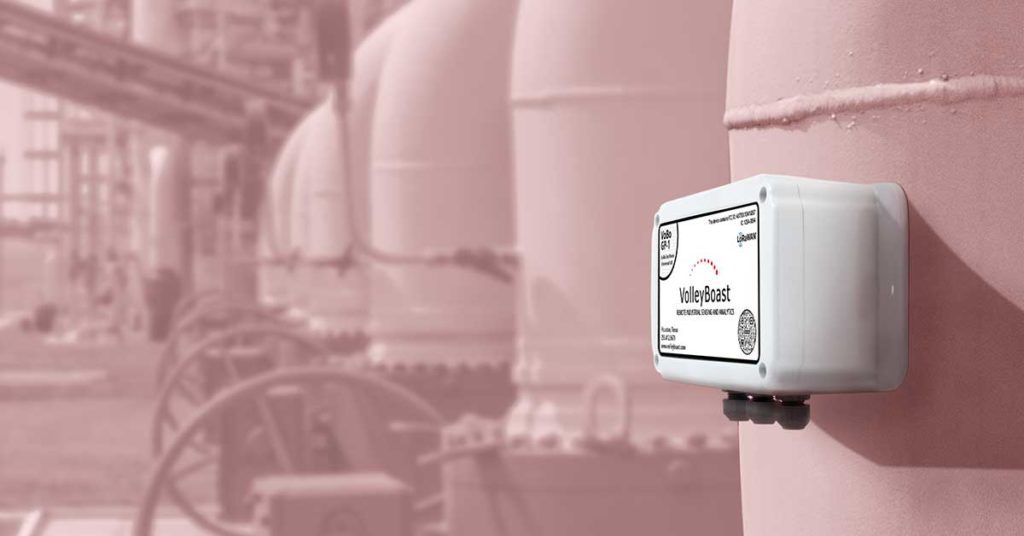It is time to question the way things have always been done.
“I don’t know why. That’s just the way it’s always been done so we have to keep doing it that way.” Resistance to change is understandable. People are busy; they are rushed. They don’t want to mess something up or ask a stupid question. However, such sentiment is a hurdle worth overcoming if the wonders of LoRa and, more generally, wireless IoT are ever to reach their true potential in industrial applications.
We frequently have discussions with operators looking to implement a wireless solution. They are usually looking for the double whammy: cutting costs while improving existing operations. Fortunately, they find our LoRa-enabled, battery-powered VoBo to be a very attractive option. However, when we get into the nitty-gritty of exactly what they want to accomplish, their expectations are often unrealistic.
Adjusting Expectations: Less Can Be More
A recent call provided an example of this. The customer wanted to power a 4-20mA pressure sensor taking readings every 10 seconds with a minimum battery life of 2 years. The battery calculator for the D1C2-certified, D-cell powered VoBo (available at https://portal.volleyboast.com/) estimates a battery life of 16 days when reading every 10 seconds. The customer was firm with the base requirements, though, so we did not go further. Suffice it to say, without truly transformative advancements in materials science and related power density capacity, his requirements are not going to be met with batteries any time soon. In short, thermodynamics matter.
If operational requirements are holding you back from exploring LoRa, we hope you are asking a lot of questions. Why does data need to be reported so often? Do we really need all of the data all of the time? Are these requirements really vital to operational success or just the way things have always been done? Answers to these questions often perfectly justify sticking with the status quo. However, seemingly just as often, when we do a deep dive with a customer into their operations, the wired solutions have often become excessive, bloated, and, at times, roadblocks to improvement.
The benefits of LoRa (and more specifically LoRaWAN) for industrial use are too varied and many to list in a short piece like this. No single attribute alone is sufficient to warrant wholesale upgrades. However, when viewed as a whole, the case is overwhelmingly compelling. The technology works. It has been proven. It’s time the industrial world steps out of its 20th-century box and into the wide-open, power-conscious, clean 21st-century spaces LoRa makes available to it.
Less really can be more when done correctly with LoRa. Please reach out to us if you are wondering why.

